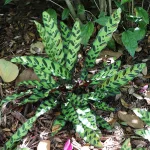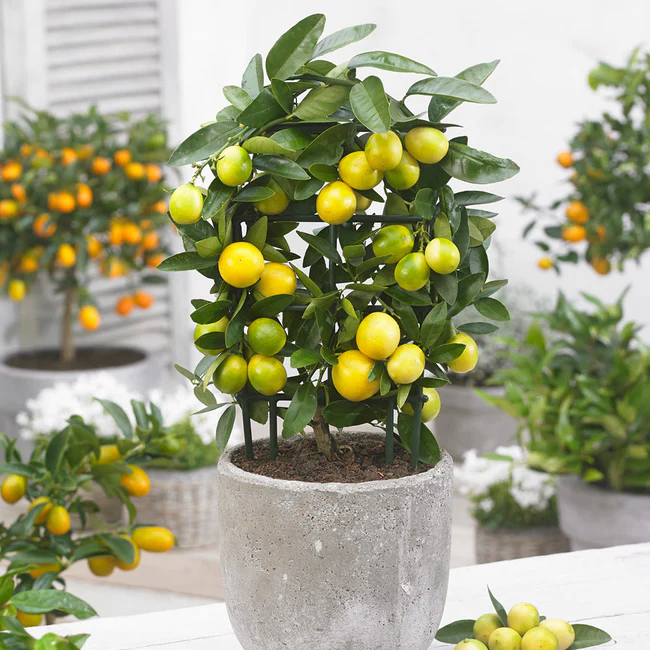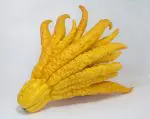This post contains affiliate links. If you buy something from one of our links we may earn a commission. Thanks
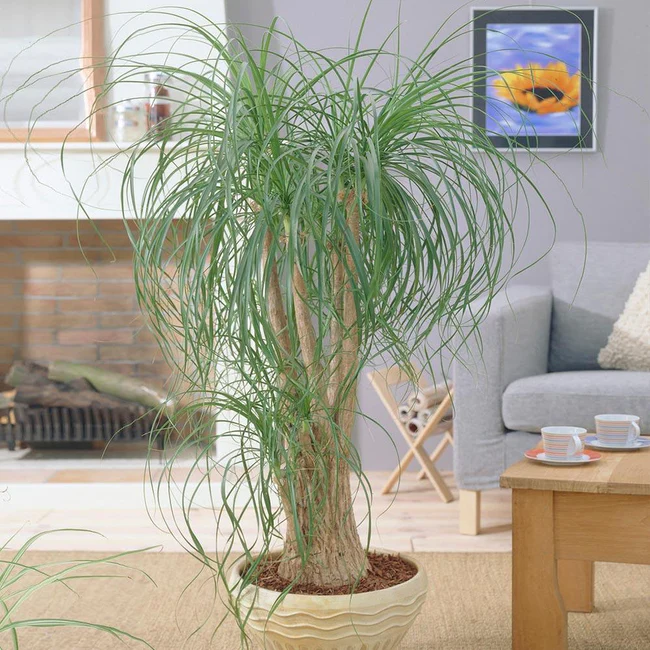
Ponytail Palms, also known as Beaucarnea recurvata, are unique and fascinating indoor plants that add a touch of tropical flair to any living space.
To care for a Ponytail Palm indoors, ensure it’s placed in bright, indirect light, and planted in well-draining soil. Water sparingly, allowing the soil to dry out between waterings, and fertilize during the growing season.
With their distinctive “ponytail” shaped trunk and long, gracefully arching leaves, these plants are sure to catch the eye and bring life to any room.
However, despite their stunning appearance, many people struggle with caring for their Ponytail Palms. If you’re one of these people, fear not!
With a few simple tips and tricks, you can learn how to care for a ponytail palm indoors and keep your Ponytail Palm healthy and thriving for years to come.
In this blog, we’ll cover everything you need to know about caring for your Ponytail Palm indoors, from optimal light and watering requirements to common problems and how to avoid them. So, let’s get started!
Ponytail Palm Quick Facts
| Mature Height: | 6-8 ft Indoors |
| Mature Width: | 3-5 ft Indoors |
| Sunlight: | Full-Partial |
| Growth Rate: | Slow |
| Botanical Name: | Beaucarnea recurvata |
| Grows Well In Zones: | 4-11 patio / 10-11 outdoors |
You can buy a ponytail palm on Amazon here
An Introduction To The Ponytail Palm Plant
Indoor plants not only add a touch of nature to our homes, but they also provide numerous benefits such as improving air quality and reducing stress levels.
Among the various indoor plants, Ponytail Palms are popular houseplants and indoor ponytail palms are a great choice due to their unique and attractive appearance.
The Ponytail Palm, also known as Beaucarnea recurvata, is known for its distinctive “ponytail” shaped trunk and long, arching leaves.
However, to keep these beautiful plants looking their best, it’s important to provide proper care.
In this guide, we’ll give you an overview of what you need to know about the Ponytail Palm, including how to care for it, how to address any problems that may arise, and how to keep it healthy and thriving for years to come.
The ponytail palm is also called an elephant foot tree or bottle palm but the bottle palm is actually a different species with a bulbous trunk (Hyophorbe lagenicaulis).
Is The Ponytail Palm Actually A Palm?
No, the Ponytail Palm is not a true palm. It is a member of the Agave family and is native to Mexico. Despite its common name, the Ponytail Palm is not a palm but a succulent.
These succulent plants store water in their thick, bulbous base. Its unique appearance and low maintenance requirements make it a popular choice as an indoor plant.
According to Wikipedia:
Beaucarnea recurvata, the elephant’s foot or ponytail palm, is a species of plant in the family Asparagaceae. The species was native to numerous states of eastern Mexico but is now confined to the state of Veracruz. Despite its common name, it is not closely related to the true palms (Arecaceae). It has become popular in Europe and worldwide as an ornamental plant. There are 350-year-old Beaucarneas registered in Mexico.
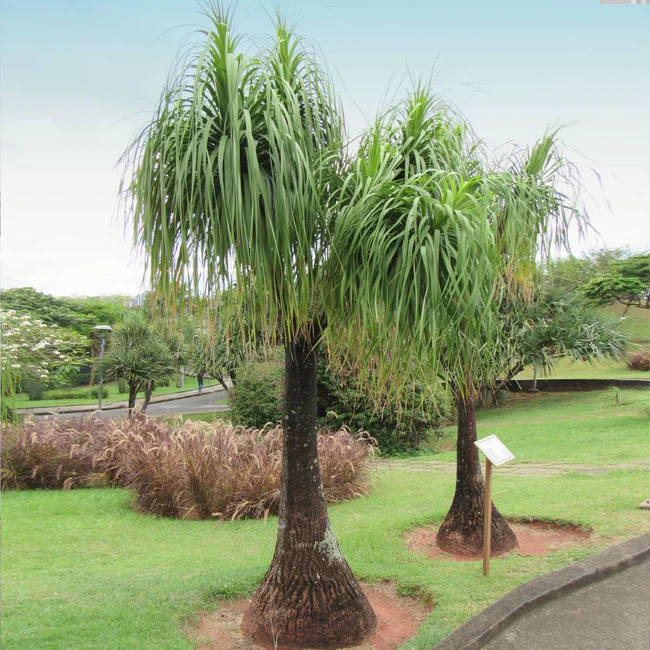
How To Care For A Ponytail Palm Indoors: Tips And Tricks
Caring for a Ponytail Palm can be a rewarding experience, but like any plant, it can also present its share of challenges.
1. Ponytail Palm Problems
Understanding common problems and how to identify them is key to keeping your Ponytail Palm healthy and thriving.
In this section, we’ll take a closer look at some of the most common issues that Ponytail Palms may face, including symptoms to look out for and prevention tips to help keep your plant healthy.
By being proactive and taking the right steps, you can ensure your Ponytail Palm continues to flourish and bring life to your home for years to come.
Common Issues with Ponytail Palms:
• Over watering: This is the most common problem that Ponytail Palms face. Overwatering can lead to root rot, which can cause the plant to wilt or die.
• Under watering: On the other hand, not providing enough water can also cause problems. A Ponytail Palm that is not getting enough water will become dry, brittle, and start to shed leaves.
• Lack of light: Ponytail Palms need bright light to thrive, and insufficient light can cause the plant to become leggy and weak.
• Pests: Ponytail Palms are susceptible to pests such as spider mites and scale insects, which can cause damage to the plant.
Symptoms:
• Wilting or drooping leaves: Overwatering or underwatering can cause the leaves to wilt or droop, indicating that something is wrong with the plant.
• Yellow or brown leaves: If the leaves are yellow or have brown tips, it could be a sign of root rot or under watering.
• Dry or brittle leaves: If the leaves are dry or brittle, it could be a sign of underwatering.
• Presence of pests: Pests like spider mites or scale insects can cause damage to the plant and cause discoloration or webbing on the leaves.
Prevention Tips:
• Watering: Provide enough water to keep the soil consistently moist, but not soaking wet. Allow the top inch of soil to dry out before watering again.
• Lighting: Place your Ponytail Palm in bright, indirect light, away from to much direct sun which can scorch the leaves.
• Humidity: Ponytail Palms prefer a moderate to a high level of humidity, so consider using a humidifier or placing a tray of water near the plant.
• Pest control: Regularly inspect your plant for signs of pests and take action to remove them promptly. Neem oil or insecticidal soap can be used as a natural pest control solution.
By following these guidelines, you can prevent common issues from arising and keep your Ponytail Palm healthy and thriving.
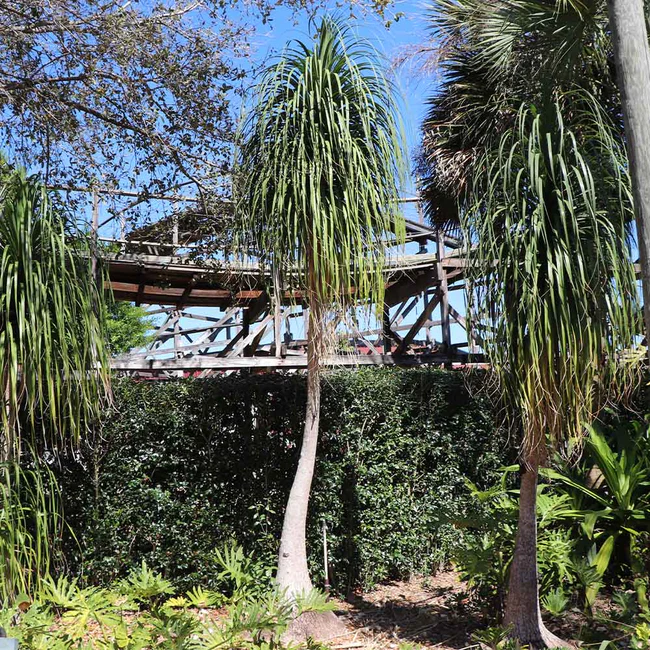
2. Ponytail Palm Watering
Watering your Ponytail Palm is an important aspect of its care, as it directly affects the plant’s health and well-being.
Understanding the right amount of water, how often to water, and how to avoid overwatering or underwatering can be the key to keeping your Ponytail Palm healthy and happy.
In this section, we’ll take a closer look at the factors that affect how much water your Ponytail Palm needs, including the frequency of watering and how to avoid the common mistakes of overwatering or underwatering.
By following these guidelines, you’ll be able to provide the right amount of water your Ponytail Palm needs to grow and thrive.
How much water is needed:
Ponytail Palms prefer well-draining soil that is consistently moist, but not soaking wet.
A good rule of thumb is to water your Ponytail Palm when the top inch of soil has dried out.
On average, this could be about once a week, but the frequency can vary depending on the humidity, temperature, and light levels.
New plants use less water than established plants so water them sparingly. You can add a layer of gravel to the bottom of the pot to improve drainage.
Factors affecting watering frequency:
• Humidity: Higher humidity levels can reduce the frequency of watering needed, as the plant will transpire less water.
• Temperature: Warmer temperatures can cause the plant to transpire more water, so it may need to be watered more frequently in the summer.
• Light: More light can cause the plant to transpire more water, so it may need to be watered more frequently in brighter light.
• Soil: Soil that is too heavy can hold too much water, leading to root rot, while soil that is too light may dry out too quickly.
How to avoid overwatering or underwatering:
• Stick your finger in the soil: This is the simplest way to check if the soil is dry. If the top inch of soil is dry, it’s time to water.
• Use a moisture meter: A moisture meter is a tool that can help you determine if the soil is too dry or too wet.
• Water deeply: When you water, make sure to water deeply so that the water reaches the roots and comes out of the drainage hole.
• Allow the soil to dry out between waterings: Do not water again until the top inch of the soil is dry to the touch.
• A small pot will need less watering but placing your ponytail palm tree in a larger pot can lead to overwatering because it takes much longer to dry out.
By following these guidelines, you can ensure that your Ponytail Palm is getting the right amount of water it needs to grow and thrive, without the risk of overwatering or underwatering.
3. Watering in Winter
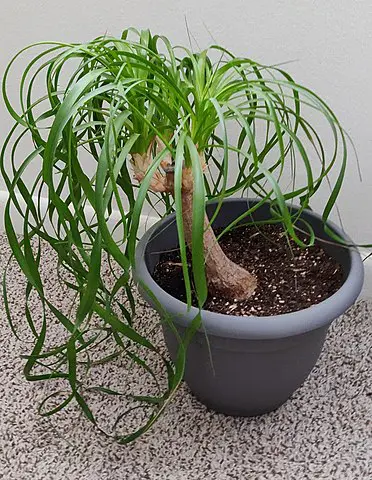
The winter months are a time when the growth of your ponytail plant slows down and it requires less water than during the growing season.
It’s important to adjust your watering schedule accordingly to avoid overwatering, which can lead to root rot.
In this section, we’ll delve deeper into the decreased watering frequency your Ponytail Palm needs during the winter and the importance of monitoring the soil moisture level.
By following these guidelines, you can ensure that your Ponytail Palm stays healthy and happy, even during the colder months.
Decreased watering frequency:
In the winter, the Ponytail Palm will require less water as its growth slows down. A good rule of thumb is to water your plant every two weeks, or when the top inch of soil has dried out.
However, this frequency can vary depending on the humidity, temperature, and light levels in your home.
Importance of monitoring the soil moisture level:
Regardless of the time of year, it’s important to monitor the soil moisture level of your Ponytail Palm.
Overwatering is one of the most common problems with indoor plants, and it can lead to root rot, which can be fatal to your plant.
To avoid overwatering, it’s important to monitor the soil moisture level regularly and adjust your watering schedule accordingly.
Stick your finger in the soil or use a moisture meter to determine if the soil is too dry or too wet, and water your Ponytail Palm only when the top inch of the soil has dried out.
Make sure any excess water does not remain in the plant’s saucer.
4. Light Requirements
Light is one of the most important factors in keeping your Ponytail Palm healthy and thriving.
In this section, we’ll explore the optimal light conditions for your Ponytail Palm, the symptoms of inadequate or excess light, and how to adjust lighting if necessary.
By following these guidelines, you can provide your Ponytail Palm with the right amount of light, ensuring its health and beauty for years to come.
Optimal light conditions:
The Ponytail Palm prefers bright indirect light and can tolerate some full sun. Place your plant near a window that gets bright, filtered light.
If your Ponytail Palm doesn’t receive enough light, its leaves will become thin and spindly.
If it receives too much direct sunlight, the leaves may become yellow and scorched.
Symptoms of inadequate or excess light:
If your Ponytail Palm is not receiving enough light, its leaves will become thin and spindly, and growth may slow.
If it’s receiving too much direct sunlight, the leaves may become yellow and scorched.
How to adjust lighting if necessary:
If your Ponytail Palm is not receiving enough light, move it closer to a window or use a grow light to supplement the natural light.
If it’s receiving too much direct sunlight, move it to a location with bright, filtered light or use sheer curtains to filter the sun.
By providing your Ponytail Palm with the right amount of light, you’ll ensure its health and beauty for years to come.
Sunlight
The Ponytail Palm is a low-maintenance plant that is well-suited for indoor growing.
One of the key factors in ensuring its health and beauty is providing it with the right amount of sunlight.
In this section, we’ll explore how much sunlight your Ponytail Palm needs, how to protect it from excessive direct sunlight, and the importance of providing enough light for optimal growth.
How much sunlight does a Ponytail Palm need:
Your Ponytail Palm will thrive in bright indirect light and it needs for 4-6 hours a day. It can tolerate some direct sunlight.
However, it’s important to protect it from excessive direct sunlight, which can scorch its leaves.
How to protect it from excessive direct sunlight:
If your Ponytail Palm is exposed to too much direct sunlight, place it in a location with bright, filtered light or use sheer curtains to filter the sun.
This will help prevent sunscald and protect your plant from damage.
Importance of providing enough light for optimal growth:
Providing your Ponytail Palm with the right amount of light is essential for its health and beauty.
By providing enough light, you can ensure that your Ponytail Palm will be a beautiful and long-lasting addition to your home.
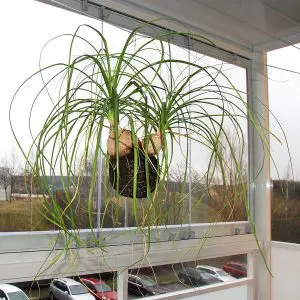
6. Growth
Ponytail Palms are a slow grower that is easy to care for and maintain.
However, it’s important to understand how they grow and what factors affect their growth rate in order to keep your plant healthy and thriving.
In this section, we’ll explore how fast Ponytail Palms grow, the factors that affect their growth rate, and how you can encourage healthy growth.
How fast do Ponytail Palms grow?
Ponytail Palms grow very slowly, with an average growth rate of about 6 inches per year.
This makes them a great choice for those who don’t have the time, space, or resources to care for fast-growing plants.
This means they can stay in the same place for a long time.
Factors affecting growth rate:
There are several factors that can affect the growth rate of your Ponytail Palm, including the amount of sunlight it receives, the quality of the soil, and the frequency and amount of water it gets.
How to encourage healthy growth:
In order to encourage healthy growth, make sure your Ponytail Palm receives the right amount of sunlight and water and is planted in well-draining soil.
Additionally, fertilize your plant regularly and repot it into a larger container as needed. By following these simple steps, you can ensure that your Ponytail Palm will grow healthy and strong for many years to come.
7. Ponytail Palm Outdoors
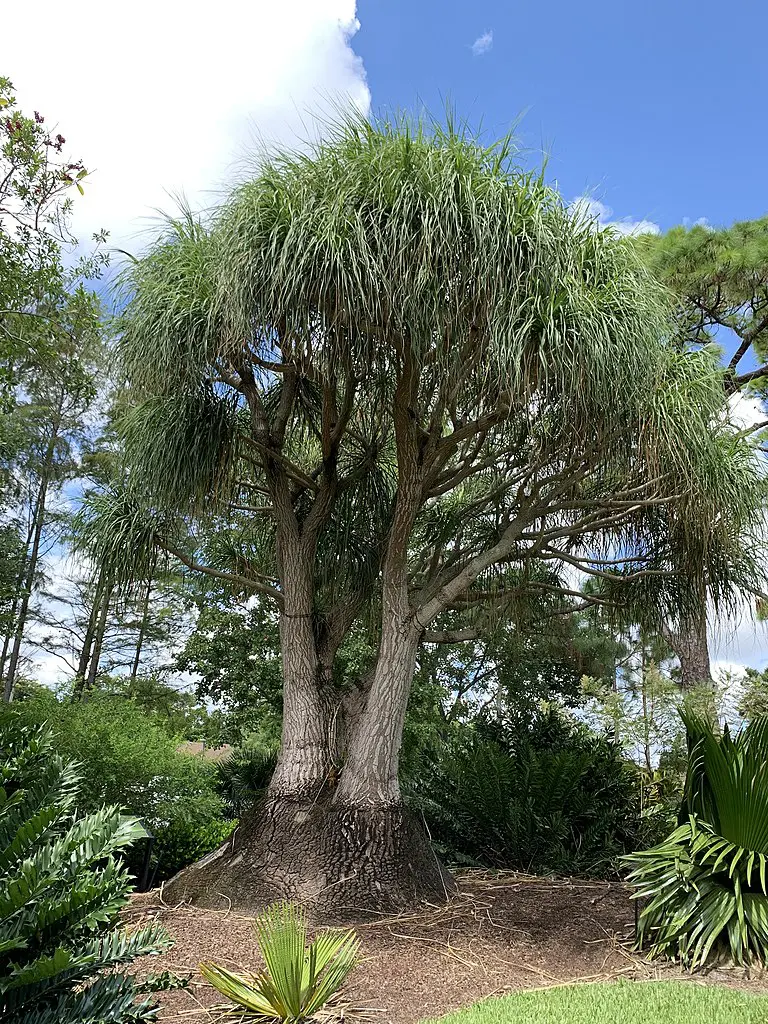
If you’re lucky enough to live in a warm, sunny climate, you might be considering growing your Ponytail Palm outdoors.
While these plants are typically grown as indoor plants, they can thrive outside with proper care and in the right conditions.
In this section, we’ll explore the considerations you need to keep in mind when growing your Ponytail Palm outdoors, the climate requirements it needs to thrive, and some helpful maintenance tips.
Considerations for outdoor care:
When growing your Ponytail Palm outdoors, it’s important to choose a spot that provides enough sunlight and protection from strong winds.
Additionally, make sure the soil is well-draining and that you have a plan in place for watering and fertilizing your plant.
Climate requirements:
Ponytail Palms prefer warm, sunny climates with temperatures between 60 and 90°F. They are not frost-tolerant and should be protected from cold temperatures.
Maintenance tips:
In order to keep your Ponytail Palm healthy and thriving outdoors, water it regularly and fertilize it every few months.
Also, promptly remove any dead or yellowing leaves and protect your plant from strong winds.
With proper care and attention, your Ponytail Palm will be a beautiful and low-maintenance addition to your outdoor space.
What USDA Hardiness Zone Are They In?
The Ponytail Palm (Beaucarnea recurvata) is rated for USDA hardiness zones 9b to 11. This means that it can tolerate temperatures as low as 25°F or 15° for a short time in these zones, although it prefers warmer temperatures.
It is really best grown as a container plant that can be moved indoors during periods of cold weather. If grown in the right conditions, it can thrive both indoors and outdoors.
Ponytail Palm FAQs
Navigating through the care routine for a Ponytail Palm indoors can prompt a variety of questions.
Below are some commonly asked questions with detailed answers to help you maintain a healthy and thriving Ponytail Palm.
Q. What type of potting mix is suitable?
A. A well-draining soil or cactus potting mix is ideal to prevent water retention and root rot.
Q. How to manage pests on Ponytail Palm?
A. Inspect regularly for pests like spider mites. If infested, wipe leaves with a mild soap water solution or use neem oil.
Q. When and how should I repot my Ponytail Palm?
A. Repot every 2-4 years in spring, moving to a pot only 1-2 inches larger in diameter to avoid excess moisture retention.
Q. What are the signs of over-watering in Ponytail Palm?
A. Signs include yellowing or browning leaves, soft or mushy trunk, and a foul smell indicating root rot.
Final Thoughts: How To Care For A Ponytail Palm Indoors
In this article, we’ve explored the different aspects of caring for a Ponytail Palm indoors.
From watering to light requirements and growth, understanding the needs of this unique plant is key to keeping it healthy and thriving in your home.
In this concluding section, we’ll summarize the key points and provide some final thoughts on Ponytail Palm care.
Summary of key points:
• Proper care for a Ponytail Palm involves providing it with the right amount of water
• Ensuring optimal light conditions,
• Monitoring its growth.
It’s important to avoid over or underwatering and to protect the plant from excessive direct sunlight.
Final thoughts on Ponytail Palm care:
With proper care, the Ponytail Palm can be a beautiful and low-maintenance addition to your indoor garden.
Regular monitoring of soil moisture levels, light conditions, and overall health can help prevent any issues from arising and keep it thriving for years to come.
Taking care of indoor succulent plants not only keeps them healthy but also adds beauty and life to your home. Providing proper care for your Ponytail Palm can help it thrive and bring you joy for years to come.
Read more about indoor palm tree care
You can buy a ponytail palm on Amazon here


